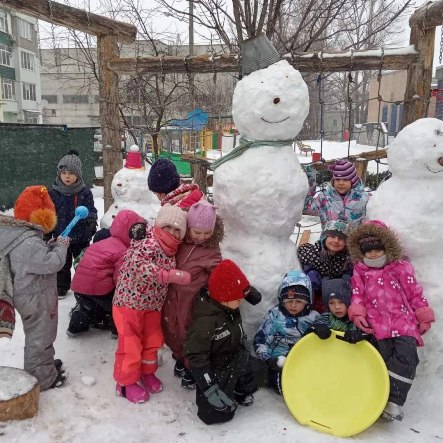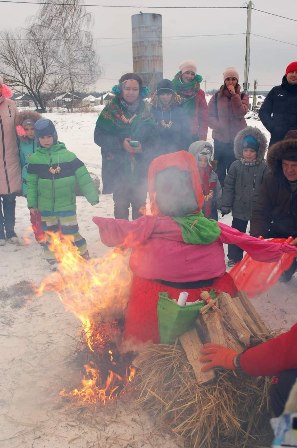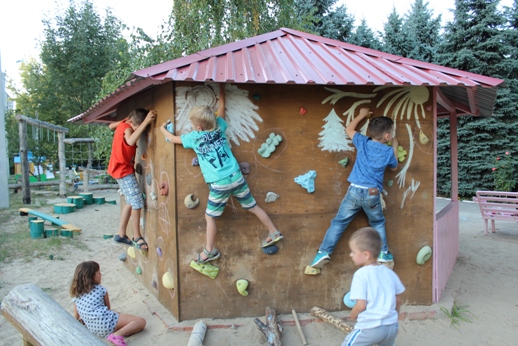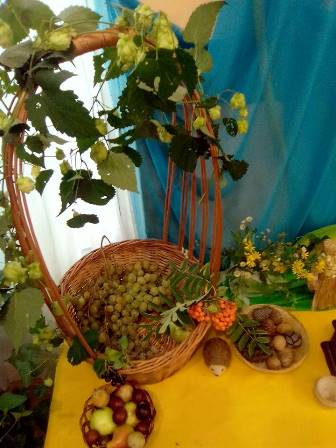The Waldorf group of different ages is a living social organism, a large friendly family. There are older children of preschool age and children of three years old. Just like in a real family, everything here is in motion, in development; children grow up and change: the older ones go to school, the stupid kids gradually become the eldest in the group and take care of the little ones themselves. Among children of different ages, the child experiences his/her growing up consistently and harmoniously. He becomes an elder, and this feeling matures in the child himself.
Educators do not need to specifically teach children to behave correctly. The child gains this experience by creatively repeating the actions of older children. Of course, working in a mixed-age group requires increased attention, flexibility, and deep knowledge of all stages of child development from the teacher. The group contains children of several age levels; it is very important that each age subgroup has a sufficient number of children, and the total number is 15 ÷ 20 children.
AGE FEATURES
From the point of view of the developmental phases of children’s play, because Play activities in kindergarten predominate; three age periods can be distinguished: from 0 to 3 years, from 3 to 5 years, and from 5 to 7 years.
In the first three years, a child acquires those properties that determine his existence as a person. During the first year of life, he learns to walk, in the second year he masters speech, and in the third year he experiences the awakening of thinking. When combined, these abilities allow a person to be aware of himself, to cognize the world and act in it. The central event of this period usually occurs in the third year – the child begins to say “I” about himself.
He begins to become aware of himself. The time of crisis comes – the child very often says the words “no” and “I want”, he shows real stubbornness. But the child did not suddenly become bad and stubborn – in this way he is trying to find his own boundaries and distance himself from the world. He awakens, feels himself and wants to know: where am I and where is the world?
At the age of three, the child does not actually play yet. For for him everything is both play and “work” at the same time, because mastering walking, speaking and thinking requires a lot of effort and considerable time. However, as soon as he learns to move, he becomes an explorer and explores his surroundings: touching, knocking, moving, pulling, pushing, gnawing. Having started to walk, he checks the contents of all the cabinets in the house that he can reach. A little later, he becomes interested in everything that people around him do, and he wants to participate in everything. If the mother goes, then the child goes, if the mother kneads the dough, then he wants to knead. When mom washes the floor, he can diligently and with pleasure move the brush back and forth. He is not interested in the result; what is important to him is the action itself, the movement and its rhythmic repetition.
After three years, children awaken a new amazing ability: imagination. From the most ordinary things, the whole world magically appears: a scarf becomes a knotted doll, a piece of bark turns into a bridge, a shell becomes a plate. Indeed, from the simplest things, with the help of fantasy, everything is created anew. This implies in children the highest degree of internal activity and mobility. And the form of the game itself is changeable and mobile; the game does not move in a smooth and even stream, but lives in constant transformation, like a spring gushing out from under the ground. The child seems to be jumping from one thing to another, but at every moment he is very intensely busy with his activity. If, say, free play in a group lasts an hour and a half, then a four-year-old child can experience ten different play situations. This cannot be understood at this age as lack of composure, inability to concentrate, because the child is truly concentrated on the game as such, and it is this that is his living space. The variety of game situations again speaks of his extraordinary internal mobility.
The child’s imagination is ignited again and again by the objects that he encounters. That’s why their quality is extremely important. And their main property should be the ability to transform, which is realized by the creative power of the child’s imagination.
Fantasy knows how to continue the subject, complement and transform it. At the same time, the fantasy itself grows and strengthens, because it has something to do, it has work. So, between the ages of 3 and 5 years, play itself appears. It is intense, fleeting, associated with internal mobility and enlightened by the forces of fantasy, but the weight does not yet care about the result and is not directed towards a specific goal.
When children are about 5 years old, their play changes significantly. If earlier the impulse to play came from outside – some object stimulated imagination and activity, now the impulse comes from within. The child has internal images and ideas and strives to translate them into action. He already knows all the playing and building materials in the group well and uses them skillfully. The child purposefully walks around the room and finds the materials he needs to play. Children at this age can create complex structures consisting of several parts that have their own purpose and special structure.
The social style of play is also changing. Small groups are formed in which the roles are clearly divided between the larger children. And the little ones can be included in the game, and there is also a certain role for them.
The play of older children becomes long-lasting and purposeful.
The attitude towards gaming materials is changing. If previously the found piece of wood was the starting point in the game, now the child is looking for the materials he needs.
In their play, older children quite successfully reproduce the technical devices and processes they have seen. This means that by the age of seven, children have within themselves a certain plot of the game, certain roles for all participants. The game becomes lengthy and is aimed at a specific goal, already visible to the children.
A mixed age group will give children the opportunity to play, the opportunity to learn to play and the opportunity to learn through play.

































